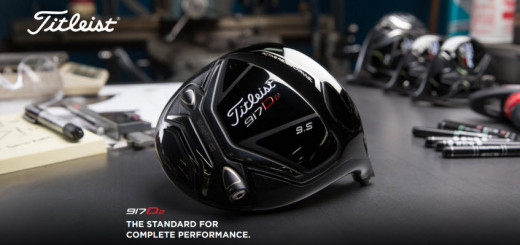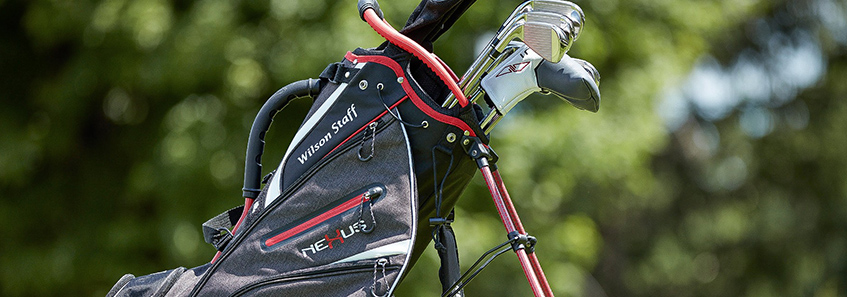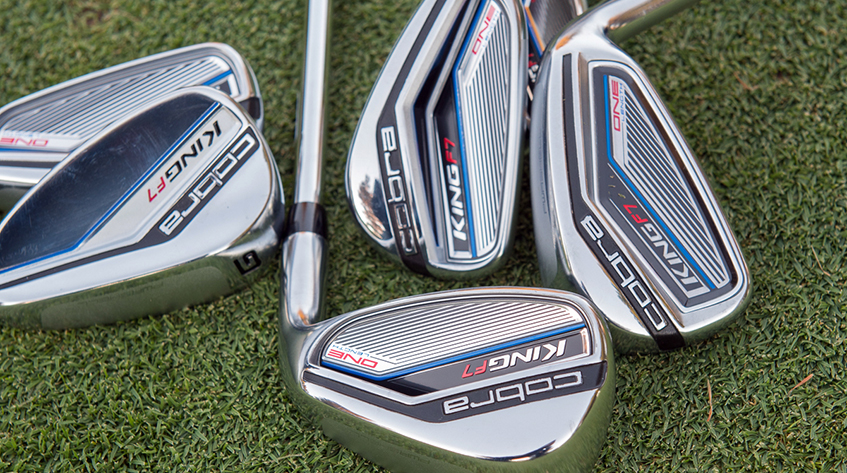4 Tips on How to Choose the Right Clubs for Your Handicap
There is an old saying that a good carpenter never blames his tools, and what goes in the woodshop can also apply on the golf course. But just like there are tools that can make carpenters better craftsmen, there are clubs that can make golfers better shotmakers. And just like a child looking to make a simple wooden bird house for class wouldn’t attempt to use some high-tech power tools, there are tools for golf that work better for certain skill levels.
Obey the Speed Limits
Most golfers, even low handicappers, are not playing golf clubs suited to their clubhead speeds. One reason is that most players don’t know their clubhead speeds. Unless you are moving that clubhead between 90-100 miles per hour, you shouldn’t be using stiff shafts on your golf clubs. Players swinging the club that fast need stiffer shafts for improved control. While a high handicapper might think that extra control would be a good thing, you still need that high swing speed to take advantage of the control offered by stiff shafts.
Many golfers would perform better with regular flex shafts in their golf clubs, as these shafts provide more responsiveness and increased distance. Golf swings under 80 miles per hour can benefit from even softer shafts, such as seniors and ladies flex. And while you are fitting your clubs to your swing speed, you should also try and find a golf ball that is manufactured to match your swing speed as well.
Make Friends with the Hybrid
Once upon a time, the only way to lower your handicap was to practice. And while that is still necessary, improvements in technology have made it easier than ever to lower your handicap, no matter what its starting point is. Long irons have tortured golfers for generations but recent club advancements have seen many golfers relegating them to a barrel in the basement. Hybrid clubs take the best playable elements of irons (a shorter length, straighter clubface) and the best elements of fairway metals (a wide sole, confidence-inspiring head), for some fantastic variation in game play. Toss in a lower center of gravity and an offset clubface into the technology cocktail, and golfers have a club that is easier to hit than long irons – for both low and high handicappers.
Hybrids won’t only launch your fairway shots higher and extricate you from high rough more reliably, but they can also find use in the chipping game. There is just enough loft on a hybrid to lift the ball over gnarly patches around the green without having to make perfect contact with a chipping iron.
Match Your Irons to Your Aspirations
Going back a couple decades, an iron was just an iron. They weren’t very forgiving weapons, with a “sweet spot” about the size of a penny behind the center of a forged clubface. Then manufacturers invented “cavity back” irons cast from molds and distributed the weight behind the shot to the edges of the clubface. Shots struck away from the traditional sweet spot now performed much like a well-struck forged iron. These are what we now call “game improvement clubs.”
The traditional non-cavity back irons are “player’s clubs” because better players can work the ball more easily with the “muscle backs” while still receiving feedback on poor hits and swings. As technology marches onward, the lines between the two types of irons are beginning to blur, but the principle still applies in choosing irons. Higher handicappers should shop for “game improvement clubs” that are the most forgiving and easiest to get into the air. Lower handicap players should gravitate towards irons that provide the maximum feel and maneuverability.
Build a Set, Don’t Buy a Set
A standard set of golf clubs used to be 1-, 3-, and 5-woods, 3- through 9-irons, pitching wedge, sand wedge, lob wedge, and putter. Nowadays there are many more options. High handicappers may be better off with no irons longer than a 6-iron and insert hybrids into the bag instead. Or they could even trade that 3-wood in for a 7- or 9-wood.
Low handicappers may benefit from a more complete arsenal for short shots around the green and find lower scores with four or five different lofts of wedges. Almost every golfer eventually falls in love with a favorite club; build your set around that club you have the most confidence in, rather than just accepting what those beginner sets hand you.



